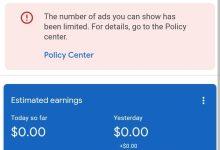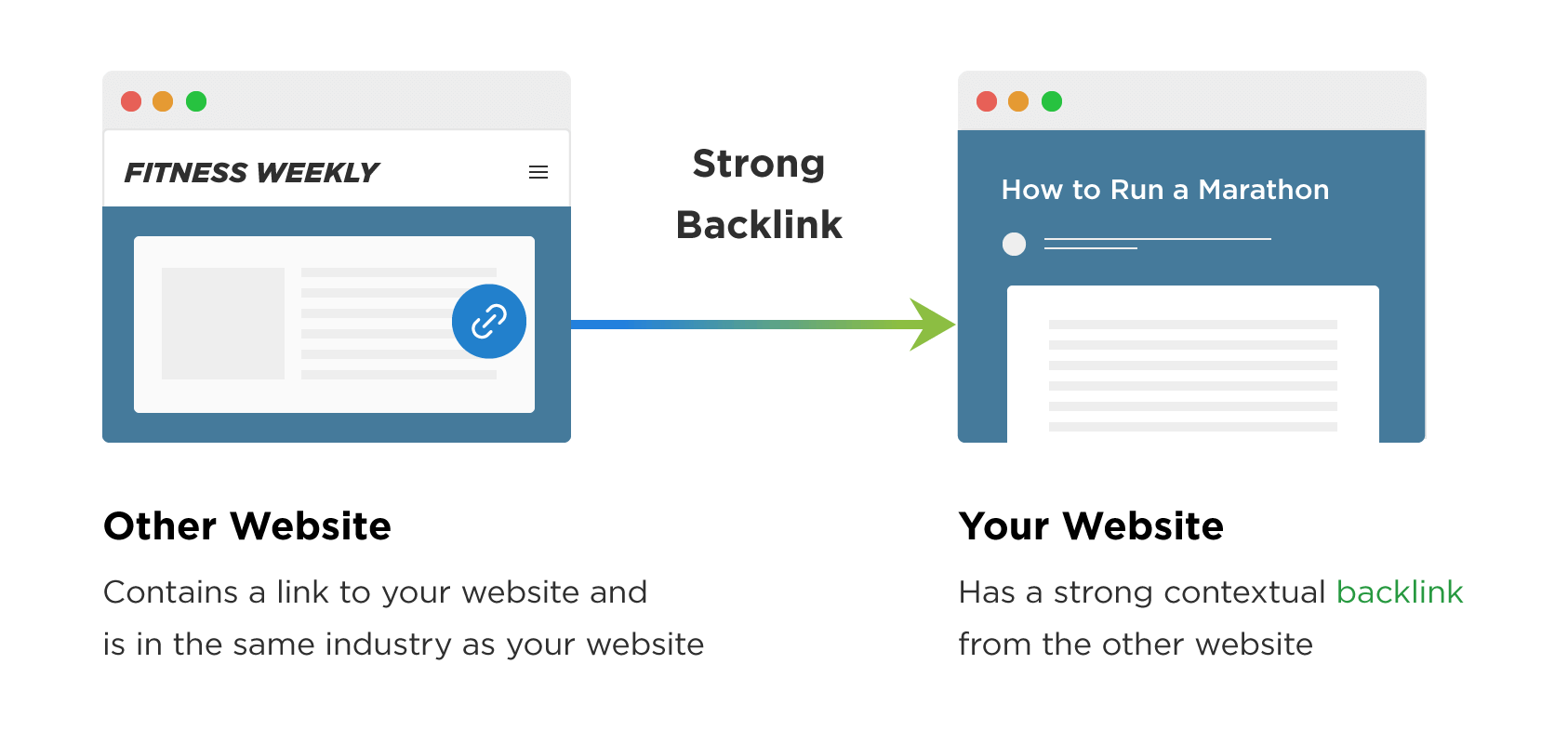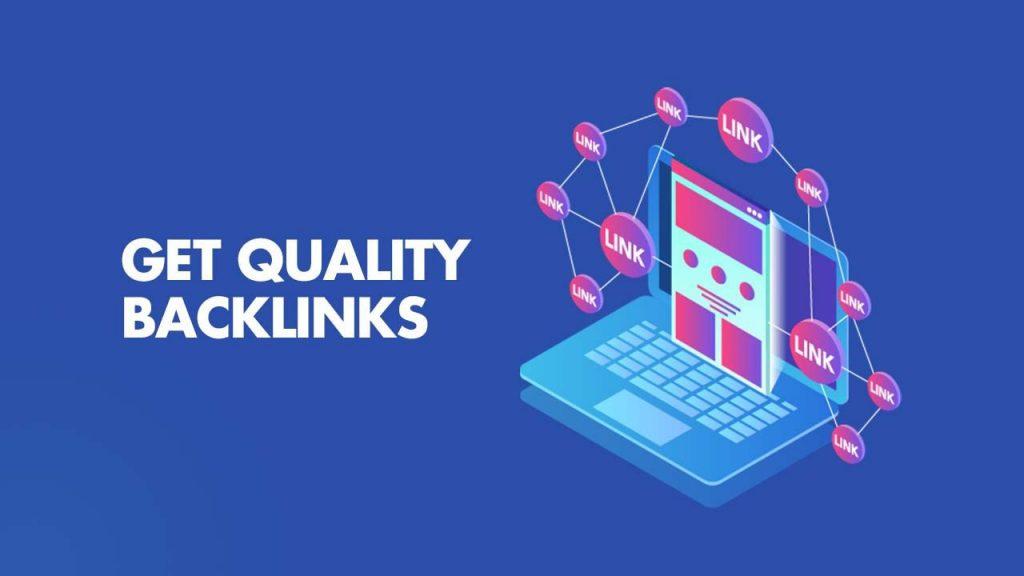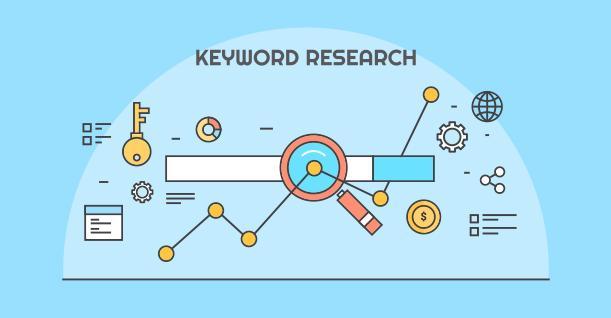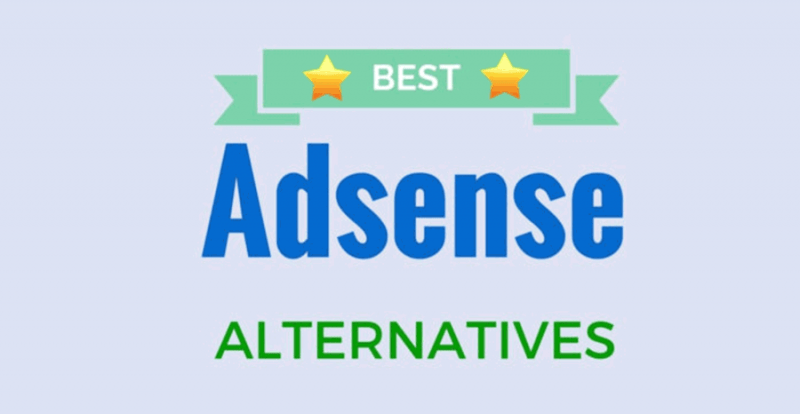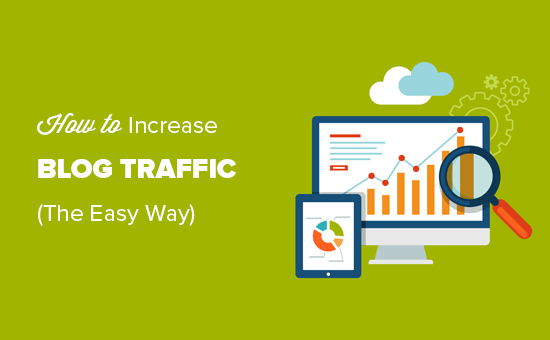Between well SEO optimized Content and Backlink supported Content, Which one ranks faster?
ANOTHER OF MY BLOGGING EXPERIMENTAL REVIEW.
I want to know between well SEO-optimized Content and Backlink-supported Content, Which one will rank faster.
When it comes to blogging, I have done so many experiments. I’m a very inquisitive and curious person, I do intense research to find answers to satisfy my taste of curiosity.
And in my latest experimental research, I wanted to know between well SEO-optimized content and backlink-supported content that ranks faster.
Below was what I did:
The experiment was performed on a 1-year-old blog with a DA of 21 and a PA of 37 on 19th March 2022.
✅ I created well SEO-optimized content, with a low competitive keyword (with keyword difficulty of 19), a search volume of 800, and CPC of $1.55
✅ Keywords were naturally and well inserted in the content, including in the content title, paragraphs, H2, H3 and H4.
✅ Interlinking was smartly done to reduce bounce rate and increase page views and impressions.
✅ Keywords were also inserted in images.
✅ And images were used in the content for illustrative purposes (which boosts user’s experience).
The content was published on the 19th of March at 4:20 pm. And wasn’t shared with any external source for traffic. I left it for natural indexation and ranking to take its course.
Below are the aftermath results:
Published content was indexed on 20th March, and started ranking on 25th of March on Google’s second page, maintaining 4th position.
☀️Take note: Google’s second page, 4th position.
I decided to give it more time to see the result of natural ranking, and on March 29th, published content took a huge step further to 8th position, on Google’s first page.
☀️Take note: Google’s first page, 8th position.
I still gave it more time for natural ranking to take its course, after 3 days, (April 1st) content still maintained its position. Google’s first page, 8th position.
That’s when I knew it needed a boost.
On April 2nd, I linked two juicy links with respective DAs of 36 and 65 to the published content.
On April 4th, published content jumped from 8th to 4th position on Google’s first page. That was a huge improvement!!.
And to date (April 7th), content still maintains 4th position on Google’s first page. I decided not to point more links to it as I don’t want to overdose on things and incur Google’s algorithm wrath.
My Review.
With these experimental observations, I’ve come to the conclusion that SEO-optimized content is very important, but still, your content needs healthy and juicy links for ranking support.
And I think this is what the big boys (big blogs) do. They always have juicy links at their disposal. When they publish new content, they buttress it with a few heavyweight links to skyrocket ranking.
My Advice.
This advice goes to bloggers that own an aged blog from 1 year above. While you observe on-page SEO implementation, also prioritize off-page SEO too, which includes link building but should be done smartly and moderately. Support your newly published content with healthy, quality, and juicy links.
By healthy I mean, non-spammy links.
By quality I mean links from reputable sources.
By juicy, I mean links with high DA 20-30-50.
Caution: Don’t overdo it. I know there are some greedy bloggers who may want to link 10-20 links to one blog post, it’s going to be regarded as link spamming and your blog may be tanked on Google’s next algorithm update.
Build links to your posts moderately, 3-4 quality links are ok. There’s power in quality over quantity. A link with 30 DA is better than 6 links with 5 DA each.
Hope this helped someone today?
Do have a nice day and happy blogging.
